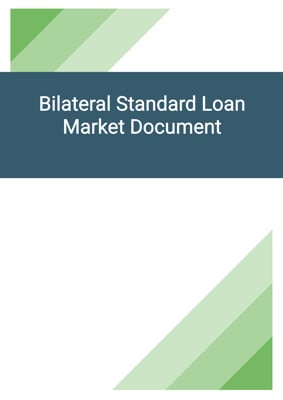How to Tailor the Document for Your Need?
01
Create Document
Fill in the details of the parties. You can click the "Fill with Member’s Information" button to complete it with information saved to your account.
02
Fill Information
Please fill in any additional information by following the step-by-step guide on the left hand side of the preview document and click the "Next" button.
03
Get Document
When you are done, click the "Get Document" button and you can download the document in Word or PDF format.
04
Review Document
The document should be signed by the authorised signatory (or directors of a company) and witnessed to complete the formality.
Document Preview
Document Description
The document titled 'Guarantee to Consenting Party' is a legal agreement entered into between two parties, namely the Guarantor and the Consenting Party. The document serves as a guarantee provided by the Guarantor to the Consenting Party in relation to the obligations and liabilities of a company, as specified in the schedule attached to the guarantee. The importance of this document lies in its role in obtaining the consent of the Consenting Party for a proposal put forth by the Guarantor.
The document begins with an interpretation section, which defines certain terms used throughout the guarantee. It clarifies that references to clauses and schedules are to clauses and schedules within the guarantee itself. Headings are included for convenience and do not affect the construction of the guarantee or its schedules.
The guarantee section (Section 2) outlines the obligations of the Guarantor. It states that the Guarantor unconditionally and irrevocably guarantees the proper and punctual observance and performance by the company of all its obligations, commitments, and undertakings under the agreement. If the company fails to perform or observe any of these obligations, the Guarantor is required to perform or procure the performance of the obligation in question, ensuring that the Consenting Party receives the same benefits as if the company had fulfilled its obligations.
The Guarantor's liability under this guarantee remains in force regardless of any act, omission, neglect, event, or matter. The guarantee is not discharged by any other guarantee, security, right of recourse, or any amendment or variation of the agreement. The obligations of the Guarantor are continuing and extend to all obligations of the company, even if partial payment or discharge has occurred. The guarantee does not prevent the Consenting Party from enforcing any other security it may hold.
The document also covers the issue of notices between the parties, specifying the methods and timings of service. It provides the addresses and contact details for both the Guarantor and the Consenting Party. Any change to these details must be notified to the other party in writing. The document further states that all notices must be in English or accompanied by an English translation, and in case of conflict, the English text prevails.
The guarantee concludes with clauses on consent, invalidity, rights of third parties, and choice of law and jurisdiction. The Consenting Party gives its consent to the proposal, and any invalid provision does not affect the validity of the remaining provisions. The guarantee clarifies that third parties have no right to enforce its terms. The choice of law and jurisdiction clause specifies that the Guarantor agrees to the jurisdiction of the courts mentioned in the clause and that any judgment or order from those courts is binding and enforceable in any other jurisdiction.
In summary, the 'Guarantee to Consenting Party' document is a legally binding agreement that provides a guarantee from the Guarantor to the Consenting Party regarding the obligations and liabilities of a company. It outlines the obligations of the Guarantor, the process of giving notice, and the choice of law and jurisdiction.
How to use this document?
To use the 'Guarantee to Consenting Party' document effectively, follow these steps:
1. Read the entire document carefully to understand its purpose and provisions.
2. Identify the parties involved: the Guarantor and the Consenting Party. Ensure that their correct and complete information is entered in the agreement, including their registered office addresses.
3. Review the proposal that requires the consent of the Consenting Party. Understand the nature and scope of the proposal and its potential impact on the Guarantor's obligations.
4. Refer to the schedule attached to the guarantee to determine the specific obligations and liabilities of the company that are covered by the guarantee.
5. Ensure that the Guarantor fully understands and accepts the unconditional and irrevocable nature of the guarantee, as well as the continuing obligations it entails.
6. Consider seeking legal advice to ensure that the guarantee complies with applicable laws and regulations.
7. When serving notices, follow the specified methods and timings. Use email, hand delivery, or recorded delivery for effective communication.
8. Keep a record of all communications and notices exchanged between the parties.
9. If any changes occur in the contact details of either party, promptly notify the other party in writing.
10. Be aware that the guarantee remains in force regardless of any act, omission, or event. The Guarantor must fulfill its obligations even if the company defaults or other guarantees or securities are in place.
11. In case of any disputes or legal issues, refer to the choice of law and jurisdiction clause to determine the applicable law and the courts with jurisdiction.
By following these steps, you can effectively use the 'Guarantee to Consenting Party' document and ensure that both parties understand their rights and obligations under the guarantee.



















